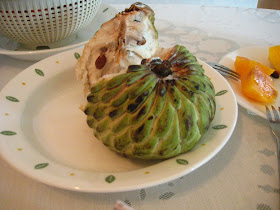
For those of you who don't know, I moved out of Los Angeles in June. You can read my farewell Los Angeles entry I posted back shortly after leaving. I took a month long trip through Southeast Asia, which I just recently finished chronicling. Now I am based on New York City, but I went on a quick trip up to Canada before settling down. The above picture is from my visit to Niagara Falls, where I ate at the Elements on the Falls restaurant.
More...

The restaurant is on the Canada side of Niagara Falls. My family and I drove up through New York to get to the U.S. side. I did in fact go on the Maid of the Mist boat tour that Jim and Pam took on the wedding episode of the office. After getting out of the water, I had lunch with a wonder view overlooking the horseshoe falls.
Elements was the nicer of the dining options at Niagara Falls next to the water. The town itself is a tourist trap, but it's still a thrill to see the waterfall. Food was mediocre, but the view made a pleasant lunch. Also, the large viewing windows allowed some great lighting for the food.

Spinach, artichoke, asiago dip with garlic rosemary flatbread - CAD$12.95

Pasta primavera - CAD$16.25

NY sirloin steak, button mushrooms, fries - CAD$19.95
Even if the food lacked much substance, the presentation was nice. You pay for the view, the falls and the food, and that's worth the money.
^

















































